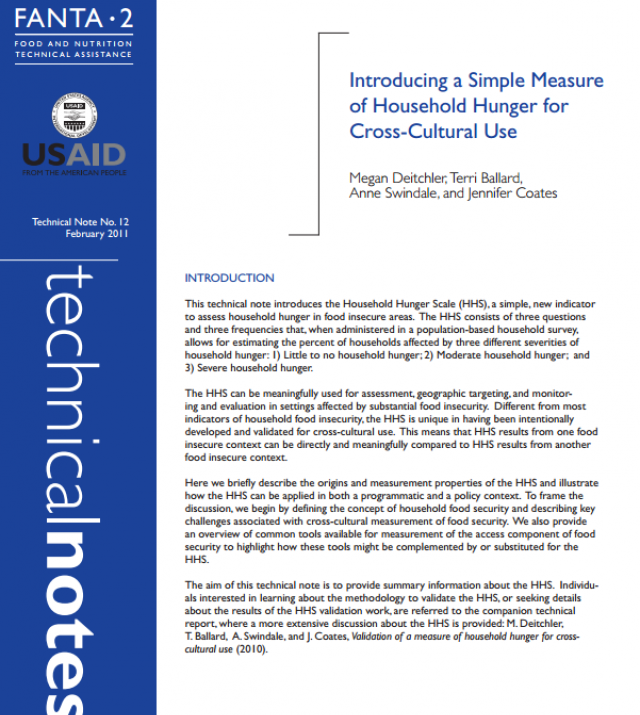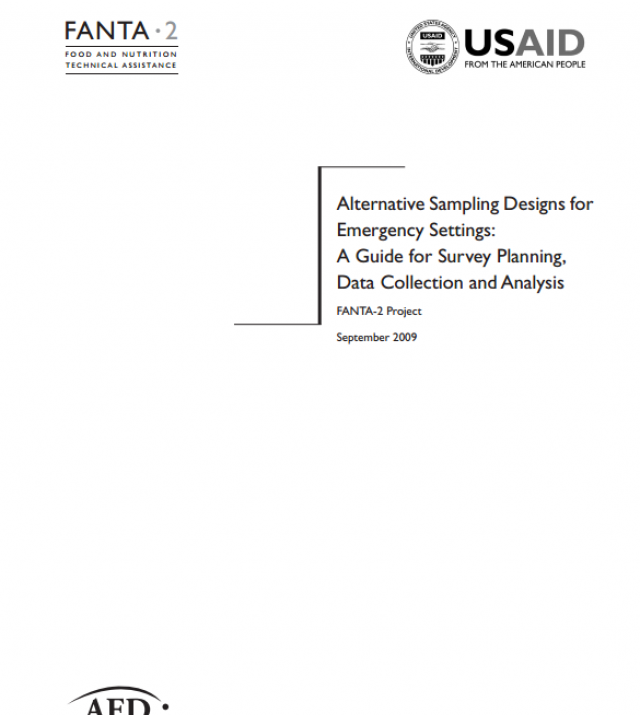
Guidelines for Measuring Household and Individual Dietary Diversity

Obtaining detailed data on household food access or individual dietary intake can be time consuming and expensive, and requires a high level of technical skill both in data collection and analysis. Dietary diversity is a qualitative measure of food consumption that reflects household access to a variety of foods, and is also a proxy for nutrient adequacy of the diet of individuals. The dietary diversity questionnaire represents a rapid, user-friendly and easily administered low-cost assessment tool.
The rationale for these guidelines is to provide a standardized questionnaire of universal applicability from which various dietary diversity scores can be calculated. As such it is not culture, population, or location specific and therefore, prior to using it in the field, it will be necessary to adapt it to the local context. The guidelines describe how to adapt and use the dietary diversity questionnaire, how to calculate each of the scores and how to create other indicators of interest from dietary diversity data.
This is a revised version of the guidelines for measuring dietary diversity. The main changes in this version are i) the proposal for a new individual dietary diversity score based on results of the Women’s Dietary Diversity Project and ii) an annex on classifying food items into food groups. Guidance is provided on how to calculate the HDDS and the Women’s Dietary Diversity Score (WDDS), but users can also calculate scores obtained from the standardized questionnaire for individuals from other age/sex groups according to the needs of the study

